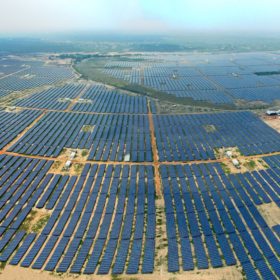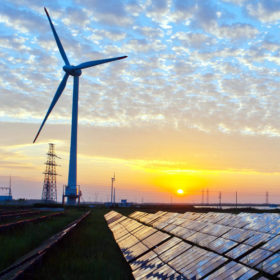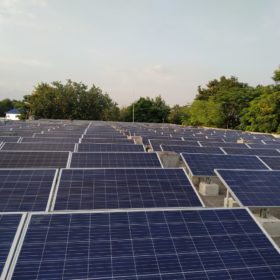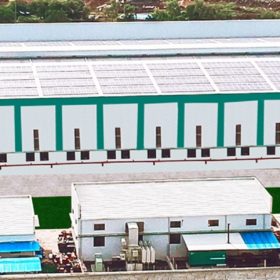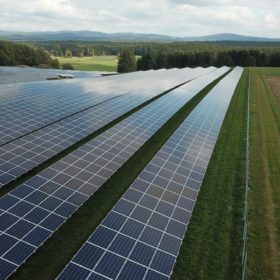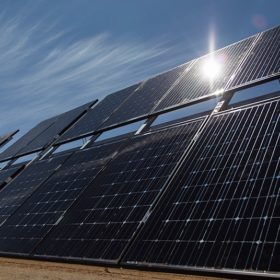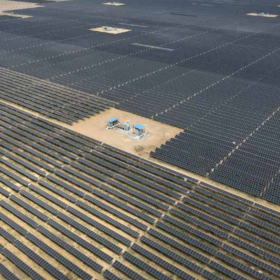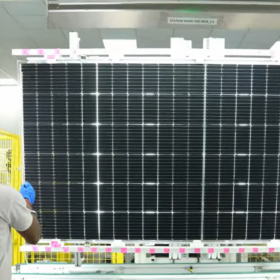Cabinet approves INR22600-crore budget for solar module and advanced battery manufacture
An ambitious, INR146,000 crore, five-year expansion of a previous domestic industry spending program includes money to attract investment into the sustainable energy and transport technologies.
BMW selects KPIT software for next-generation EV charging electronics
The engagement covers software development, integration, and maintenance of combined powertrain coordination unit including charging control, and extends over several years.
Fortum gets Finnfund to accelerate EV charging infrastructure
The clean energy major has raised investment from Finnish impact investor Finnfund in its public charging point operator business Fortum Charge and Drive India.
Adani Group has the opportunity to lead India’s energy strategy
The Group’s renewable energy business (Adani Green Energy) has a market value of US$15.6 billion, which is 40% more than India’s largest thermal power generator NTPC—a company with 22 times as much capacity. The RE business is of serious global investor interest, but also materially exposed to the wider Group’s environmental, social and governance (ESG) standing. By committing to phased closure of coal plants, Adani Group could lower the risk to global capital access while aligning with the government’s vision for energy independence through fast-growing reliance on renewables.
Driving a just clean energy transition
Climate Policy Initiative and REConnect Energy have developed an innovative mechanism called Garuda to retire old, inefficient thermal plants with equivalent renewable capacity. The scheme proposes a blended tariff that would include the normal tariff for the new renewable energy plant plus the cost of decommissioning the old fossil fuel plant, while making the provision for green bonds to finance RE.
World could add more than 900 GW of solar by 2025 if politicians grasp the nettle – IEA
With the International Energy Agency publishing its latest five-year clean energy forecast today, pv magazine takes a look at the solar content of the 162-page document.
8 MW of NTPC’s Auraiya solar project now operational
The state-owned power generator plans to reach 32 GW of capacity through renewables or one-fourth of its overall power portfolio by the beginning of the next decade.
Waaree’s solar module testing lab becomes NABL accredited
The lab—located at Waaree’s factory in Gujarat—is the first such by an Indian module manufacturer and can perform more than 30 critical IEC tests.
Evolving risks could dampen solar investment flow
Indian solar sector remained buoyant even amid Covid pandemic as 15.3 GW of solar capacity (including solar-wind hybrid) was sanctioned in the current year’s first half itself. However, returns expectations from equity investments rose from around 14% in the first half of 2019 to 16-17%, indicating heightened risk perceptions among investors.
Nalanda University to get a 5 MW solar plant
Bids are invited from government-owned entities to set up a ground-mounted, grid-connected solar plant at the university’s campus in Bihar. The plant is to be installed in EPC mode. Bidding closes on November 27.



